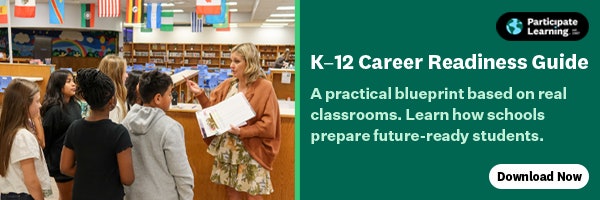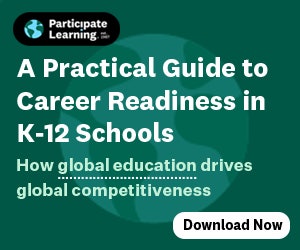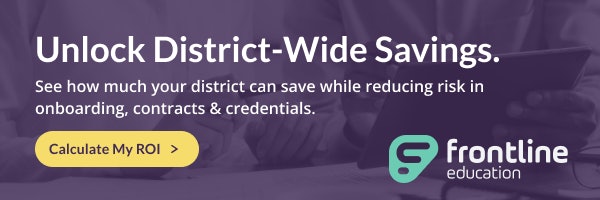
Unfortunately, this pattern is all too common across countless school districts.
My role at VEX Robotics has given me the opportunity to work with schools worldwide as they implement a wide variety of new education technology initiatives. Some were successful, but others didn’t last. After all that I’ve observed, I developed a straightforward framework for evaluating educational innovation initiatives: The 3 S’s. If a new initiative doesn’t meet the criteria outlined below, it probably won’t last. But if it does, it has a high chance of success.
The first S: Sellable
It’s critically important that anything new has authentic buy-in from teachers, parents, and the community. In other words, that it is Sellable. This goes beyond simply announcing a new initiative or showcasing its potential benefits. True buy-in is established when stakeholders see how an innovation aligns with their particular values and priorities.
Teachers need to understand how it will enhance their teaching, not just add to their workload. Parents need to see how it will benefit their children's learning and future opportunities. And community members need to understand how it connects to broader educational and community goals.
The second S: Scalable
A common pitfall in educational innovation is that islands of excellence are created that serve only a select group of students. New tools and programs therefore need to be Scalable. True scalability means designing programs that work for all learners, not just the most advanced or motivated. It means creating implementation models that can expand without losing quality, and building capacity across all teachers, not just early adopters. When planning for scale, we need to consider how an innovation will work in different contexts within the same district - this applies to all aspects of schooling.The third S: Supportable
Perhaps the most crucial yet often overlooked element of edtech innovation is that initiatives need to be Supportable. A program's sustainability depends on its ability to weather real-world challenges like teacher turnover, budget fluctuations, and leadership changes. Supportable innovations have features such as built-in redundancy, clear documentation, and training systems that ensure continuity even as staff changes. They're designed with realistic resource requirements and have identified stable funding sources beyond what is needed for launch, such as grants.Making innovation last
District leaders beginning a new program or initiative should start by examining them through these three lenses. They may find that while a program might be highly sellable and generates excitement and enthusiasm, it lacks the infrastructure for scaling or long-term support. Or, perhaps it's well-designed for scaling but hasn't generated the necessary buy-in from key stakeholders.
The key to creating lasting innovation is to meet all three criteria from the start. This means engaging stakeholders early in the planning process, not just during implementation. It means thinking about scale during the pilot phase, not as an afterthought. And it means creating support systems that can sustain the innovation through inevitable future changes and challenges.
Moving forward
Success in education innovation isn't about implementing the latest trend – it's about creating systems where positive change can take root and flourish. When planning your next initiative, consider each S carefully, and ask yourself:
- Is it truly Sellable? Have you built authentic support among all stakeholders?
- Is it genuinely Scalable? Can it reach all students while maintaining quality?
- Is it Supportable? Have you created the systems and structures needed for long-term success?
By ensuring initiatives meet all three criteria, we can move beyond the cycle of short-lived programs to create lasting positive change in education. The future of our students depends not just on our ability to innovate, but on our ability to sustain those innovations over time.
Jason McKenna is V.P. of Global Educational Strategy for VEX Robotics and author of “What STEM Can Do for Your Classroom: Improving Student Problem Solving, Collaboration, and Engagement, Grade K-6.” His work specializes in curriculum development, global educational strategy, and engaging with educators and policymakers worldwide. For more of his insights, subscribe to his newsletter.



























